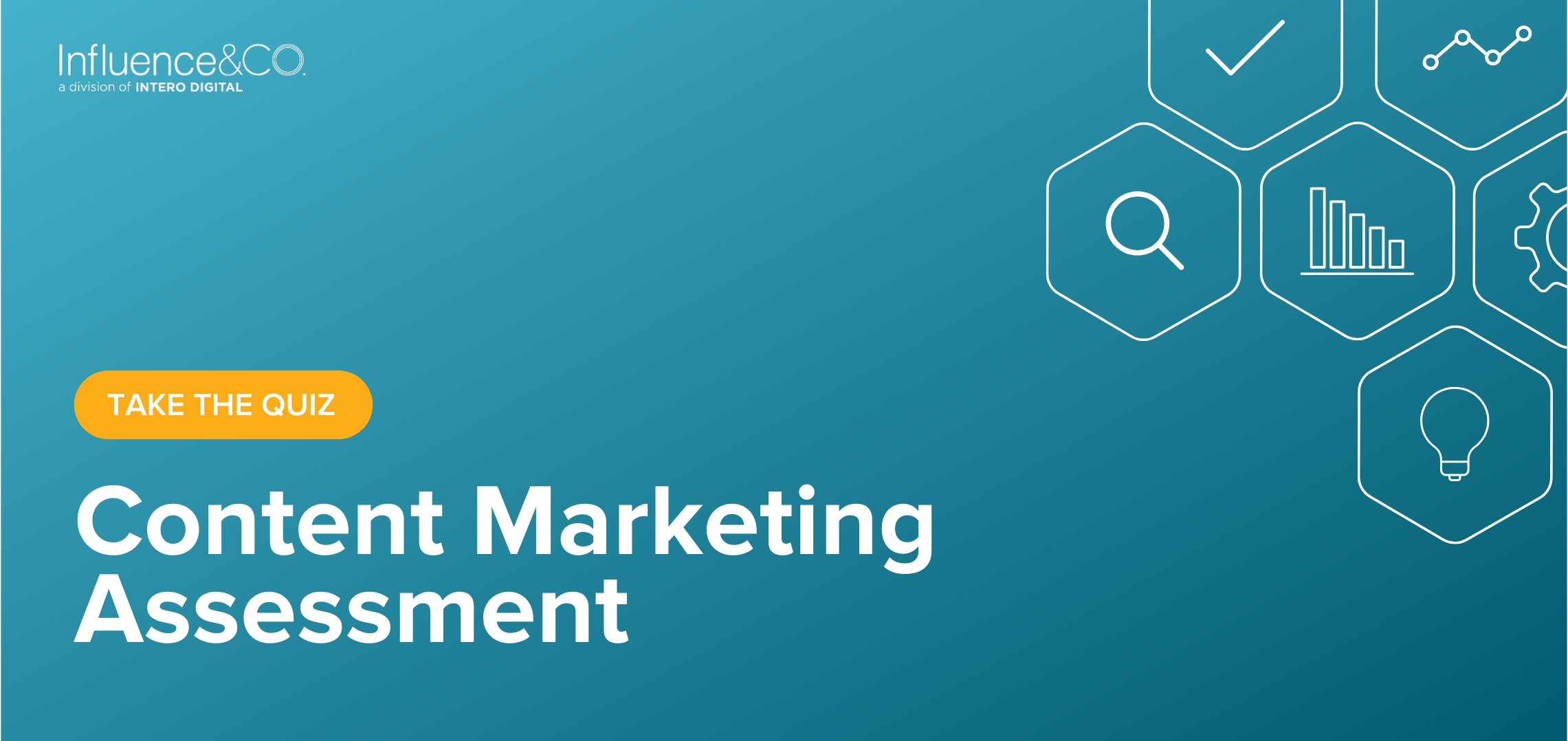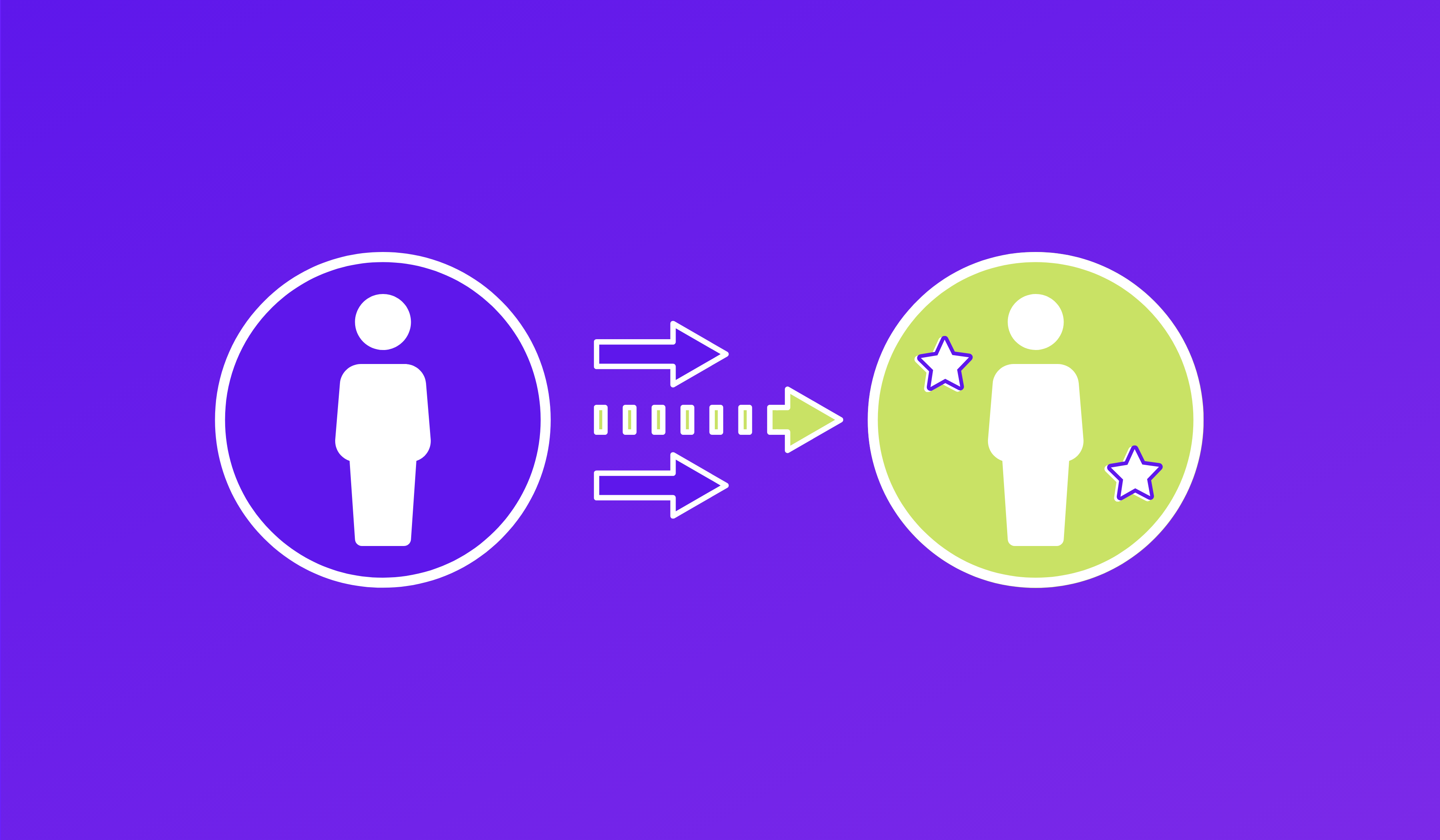Knowing when a marketing-qualified lead has transformed into a sales-qualified lead has largely been a mystery. It's mostly been a game of guess and test.
But some marketing and sales teams have gotten really good at it because they've been able to recognize some of the telltale signs — like a request for more information or a click on a call to action asking to speak with sales.
But this isn't a foolproof approach. As buyer behavior changes, so do the signs indicating that someone is ready to move from MQL to SQL.
For example, even if someone asks to get on the phone with a salesperson, that doesn't necessarily mean that this person is an SQL. This person could simply be looking for more information on a product, the specifications, or the benefits, and wondering about that information alone doesn't necessarily mean someone is at the bottom of the sales funnel. Without being able to see the exact point in the customer journey when a lead moves from that MQL activity to the highly coveted SQL status, the magic that marketing and sales teams need in order to align with one another is often lost.
Are you looking for more insight into how marketing and sales team can align their efforts through content? Download  .
.
So why is it so hard to see when a marketing-qualified lead becomes a sales-qualified lead? And how can we effectively qualify SQLs?
MQL vs. SQL: The Evolution of Qualifying Leads
Let's start by taking a look in the rearview mirror and review how marketing and sales teams have traditionally qualified SQLs:
1. Activity
For the longest time, the bare minimum to understand who should be chatting with a sales team member has been activity. If someone spent time on the website, clicked on a ton of links, and downloaded a bunch of content, that person must be ready for sales, right? Who would spend that much time gathering information otherwise? The benchmark used to be the sooner you engage a lead, the better chance you have to close a deal.
2. Lead scoring
That worked for a while. But then the process got a little better with the concept of lead scoring. This at least gave teams the chance to rank and score different activities based on what the company deemed to be valuable to the sales process. If a visitor downloaded a whitepaper or a case study, for example, that was way more valuable to the sales cycle than someone who had just looked at a few pages. And if a visitor requested more information or scheduled a demo, that person was ranked higher than anyone else in the lead funnel. Unfortunately, many people requesting more information or scheduling demos could be three, six, or nine months out from actually closing. They could still be in the information-gathering stages of the process. Not only does that waste the sales team's time and resources, but it also detracts from customers who might be in the decision-making process today.
3. Artificial intelligence
So the tech continued to get smarter. Marketing teams could then use artificial intelligence to do lead scoring. Teams could predict which leads were more likely to become SQLs based on historical records of past deals. For example, if prospective clients showed similar traits to deals that closed two years ago, you could likely expect that they would close two months from now, right? Maybe. Or it could be that the decision-making process has changed over the past two years and what worked before won’t work now. And, to make things worse, if your AI models aren’t continually learning as those behaviors change, what worked two years ago can make what customers are doing now look like good lead behaviors when they're actually not. It could just be a competitor searching through your latest value propositions.
4. Intent scoring
Add intent scoring to the mix, and you end up targeting leads based on what they’re searching for rather than identifying who is in the buying stages of the customer journey.
How to Effectively Determine When MQLs Become SQLs
Marketers know that sales teams want to get involved only with qualified buyers who exhibit bottom-of-funnel activities. They want to be able to engage with prospective clients who have budget, authority, need, and a timeline. But it’s incredibly hard to differentiate those clients from incredibly active MQLs, right? But what if it doesn't have to be? What if there were a way to see exactly when a marketing-qualified lead becomes a sales-qualified lead and even what kinds of activities indicate buying behavior?
The BANT method is one approach that can help marketing and sales teams decide which leads are sales-qualified. BANT stands for "budget, authority, needs, and timeline." If a lead has a tangible need for your services, needs a solution like yours in place soon, has budget available, and has decision-making power (or can connect you with the person with this authority), this person is likely a qualified lead.
While the tried-and-true methods still work, my partner and I wanted to see how we could use AI and deep learning to more effectively differentiate between an MQL and an SQL and engage each accordingly based on their respective stages of the funnel. Because of this, we developed Click360, which is a software platform that can take into account where prospective clients are coming from and the patterns and sequences of behavior on the website that indicate buying intent. Not the “What have they searched for recently?” kind of intent, but rather the “We need to funnel this person to sales as an SQL” kind of intent. The “This opportunity is likely to close in two weeks for $100,000” kind of intent.
By using a form of augmented intelligence called deep learning, these types of tools can make sense of all that customer activity to pinpoint exactly where prospective clients are in the customer journey. For marketers, that means knowing exactly how to engage and nurture leads throughout the MQL process, and knowing exactly when that prospective customer becomes an SQL. There is no more guessing and hoping. Once the learned behavior says it’s time for the sales team to get involved, a marketer (or a CRM) can flag a lead as a highly qualified, ready-to-close SQL and pass it along to the sales team worry-free.
Are you creating the right kind of content to move leads through the funnel and equip your sales team to close sales? Take your free assessment to find out!









